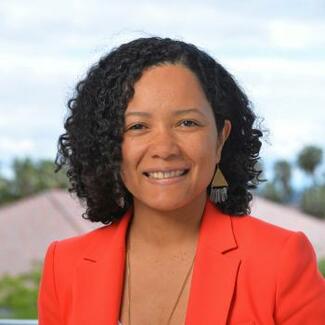
Debbie Senesky joins collaboration to create low-cost sensors that can track methane emissions
The team is working to develop a network of low-cost autonomous sensors that can endure tropical environments and collect real-time data about methane emissions.
Professor Debbie Senesky, along with other Stanford collaborators, is working to create low-cost sensors that can track methane emissions.
With funding from the Stanford Woods Institute for the Environment’s Environmental Venture Projects grants program, their team is working to develop a network of low-cost autonomous sensors that can endure tropical environments while collecting real-time data about wetlands’ prodigious emissions of methane, a gas with global warming potential about 86 times as great as that of carbon dioxide over a 20-year period and at least 25 times as great a century after its release.
"Not many people are looking at this from a scientific perspective," reports Debbie. "We saw this as an opportunity to adapt our work, and conduct new sensor science in a really unique environment."
The team’s project has the potential to revolutionize our understanding of greenhouse gas emission pathways, and open the door to applications such as smartphone sensors that crowd-source climate data. Their ambitions go beyond calibrating sensors only for wetland environments. They are seeking to understand how processes, such as humidity and temperature, fundamentally affect sensor behavior, then to generalize and make this useful across a broader range of environmental applications.
Excerpted from "In Focus: Environmental Venture Projects, 'Getting a handle' on a potent climate threat," by Rob Jordan